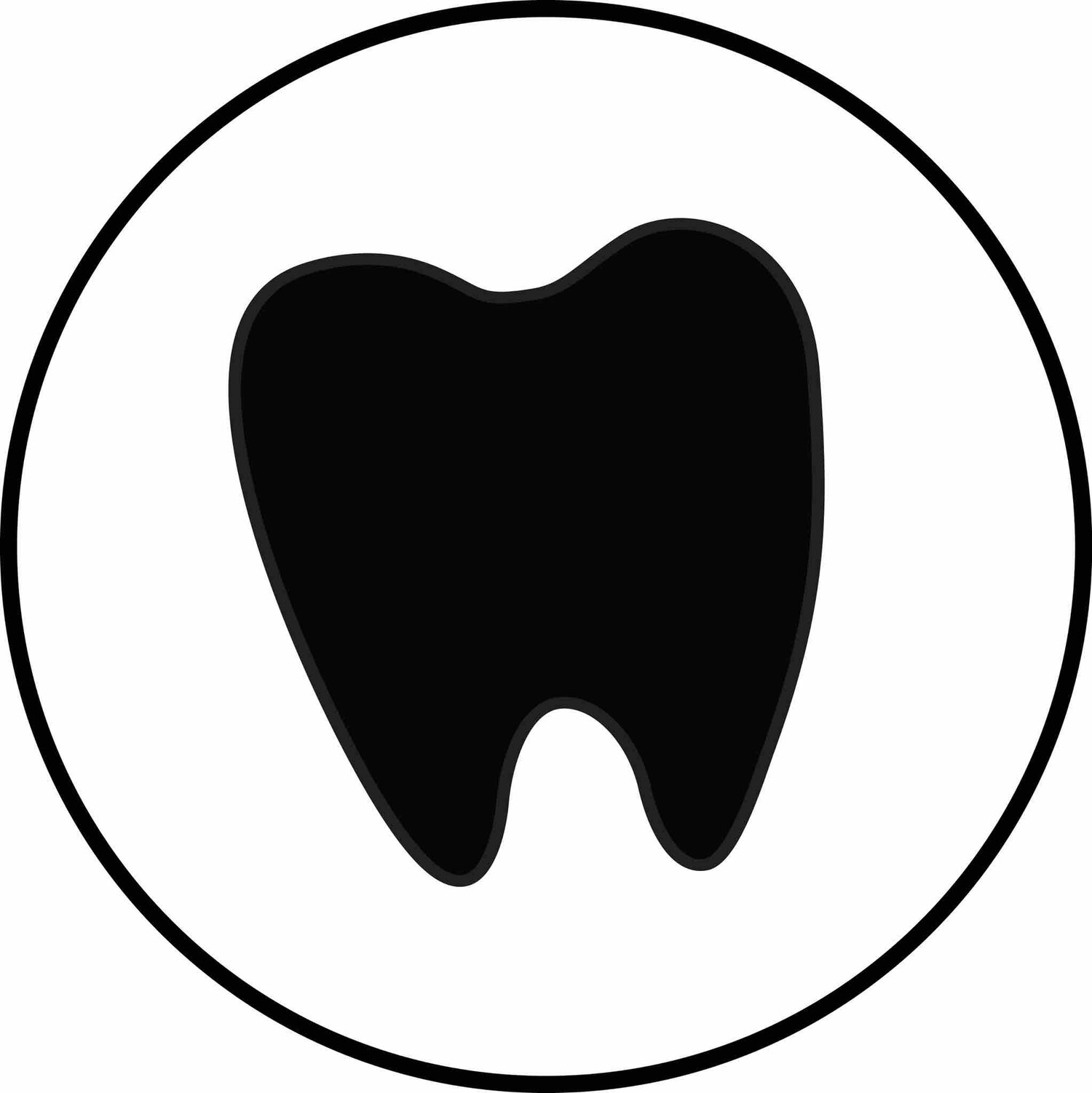Healthy People 2030 just released
Have you seen the new Healthy People 2030? If not check out the oral health objectives on the Healthy People website. https://health.gov/healthypeople/objectives-and-data/browse-objectives/oral-conditions
Several objectives are listed and are similar objectives we work on every 10 years. I sometimes wonder if we are making even small improvements. When I read through these objectives, I am reminded of the many barriers that we have as hygienists to preventing oral health diseases. I know that we are a key workforce in reaching these objectives though prevention. Prevention is more cost effective than restoration.
Sitting in an operatory and educating only 8-10 patients per day on proper home care in my limited amount of appointment time has always been a struggle for me. I have always had a desire for ALL to receive oral health education on a regular basis. Just as we see smoking cessation commercials everywhere, I have a dream to see oral health recommendations everywhere. Sadly in our system, oral health care seems the first to go when there are tight budgets.
One thing I do know is that a cost effective solution to better those objectives would be to better utilize the workforce that we do have of highly trained dental hygienists. If the barriers are reduced or removed it would increase access to care and lower overall costs.
I have listed a few of the objectives below where the dental hygiene workforce would be a cost effective way to improve oral health.
Adolescents
Reduce the proportion of children and adolescents with lifetime tooth decay
Reduce the proportion of children and adolescents with active and untreated tooth decay
***Allow dental hygienists to work in collaborations with dentists in school settings.
Nutrition and Healthy Eating
Reduce consumption of added sugars by people aged 2 years and over
**Allow dental hygienists to work in alternative settings such as pediatric physician offices, under a physician, to provide FL2 treatments, referrals and education to parents.
Older Adults
Reduce the proportion of older adults with untreated root surface decay
Reduce the proportion of adults aged 45 years and over who have lost all their teeth
Reduce the proportion of adults aged 45 years and over with moderate and severe periodontitis
**Allow dental hygienists to treat the home-bound population in collaboration with dentists.
Preventive Care
Increase the proportion of low-income youth who have a preventive dental visit
Increase the proportion of children and adolescents who have dental sealants on 1 or more molars
***Allow dental hygienists to work in collaborations with dentists in school settings.
We don’t have a perfect system, but I do know that we can make small improvements to it. My hope is to see more legislation throughout the states to allow dental hygienists to better work with dentists to increase access to care.


